If you haven’t heard Patrick Frei this name, I bet you are not a qualified shoe aficionado, to say the least. As the champion of 2018 World Shoemaking Championship, Patrick Frei is one of the top level bespoke shoemakers in the world with everyone’s consent.

His shoes are elegent yet aggressive, artful and inspiring, meticulous yet imaginary.

I think his shoes may speak a lot for him, but everyone admiring him, like me, wants to know more about him.
This is not the first interview Patrick Frei accepts, so I avoid repetitive questions and only inquire the deeper ones.
Let us delve in.
Does being a German influence your aesthetics taste on shoes? If yes, what is it?
I think everybody is influenced by the culture and surrounding he lives in. Due to my biography my approach to shoemaking was a very artistic one.
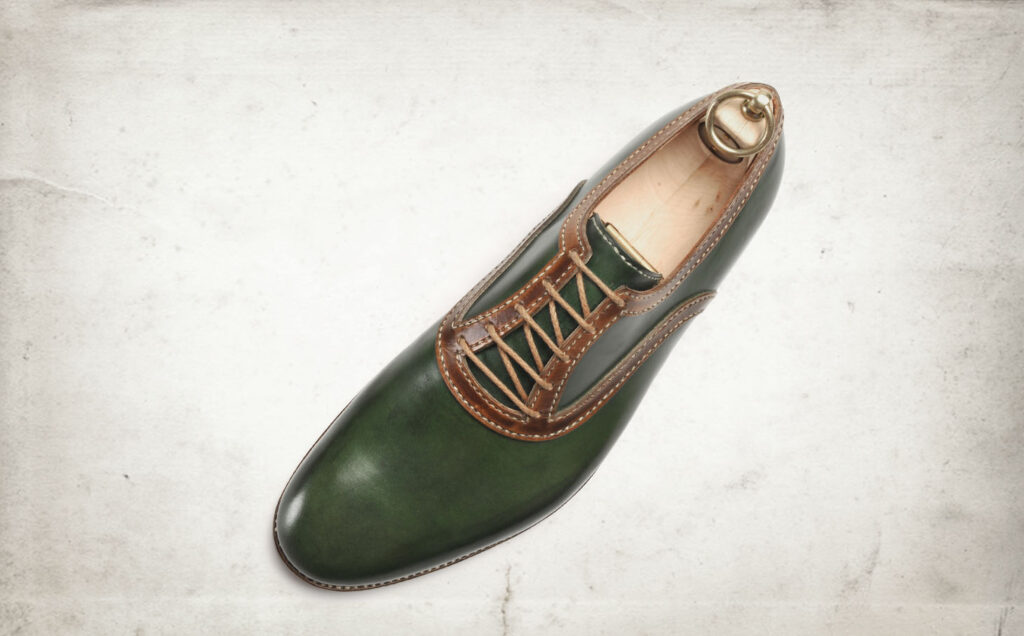
I had been doing many artistic things like juggling, streetperformance, dancing and beatboxing before and when I started shoemaking I was not thinking about very traditional shoes.
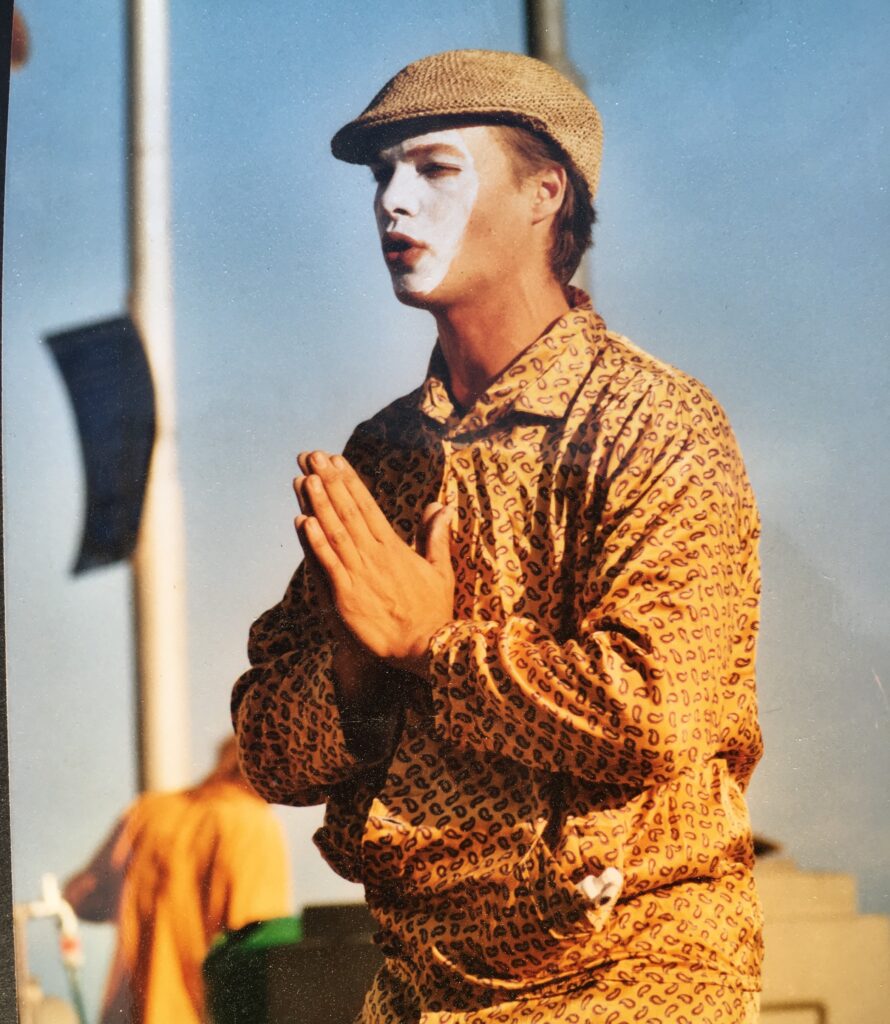
I had to learn that many design and craft ideas had been developed for hundreds of years and that they are near perfect.

I discovered antique German sample shoes and realized that I needed the traditional craft as a solid base to develop own creations that matter.

I think partly I am very German but on the other hand I find very cosmopolitan elements in my shoes and my personality.
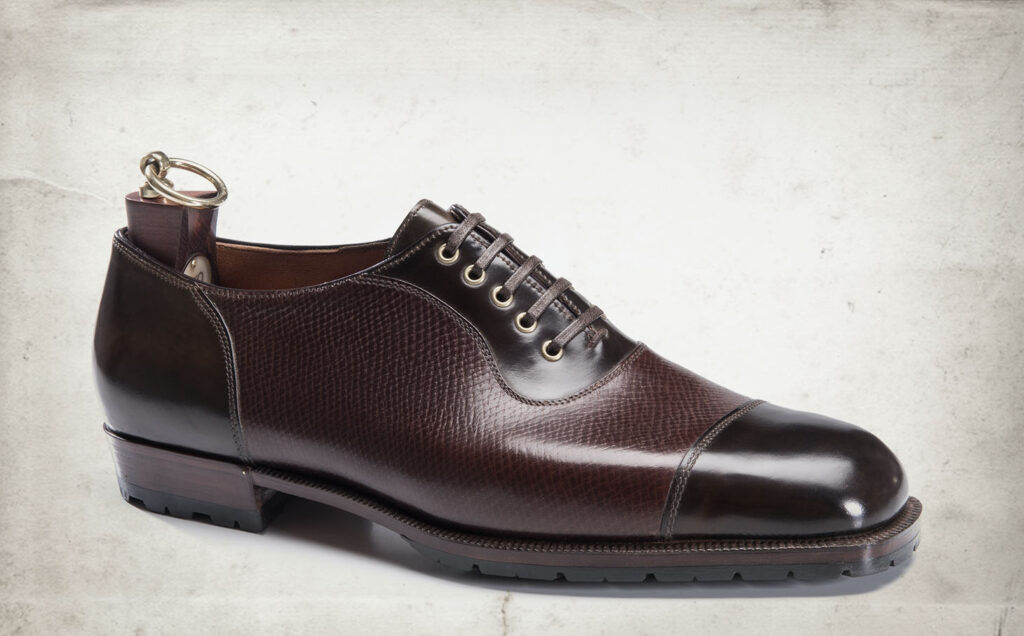
Do you think (bespoke) shoemakers should express more of his regional root (German, Austrian, Argentine…), not to follow the current tide like Elongated toes, super narrow waists and so on?
Actually I think it is very difficult to exactly define a certain style connected to a country. If one speaks about English style, what does he mean? The shoes in England around 1900 were different from the shoes around 1920.
For example the immigrant Nikolaus Tuczek came up with brave new designs and revolutionized the English shoemaking.
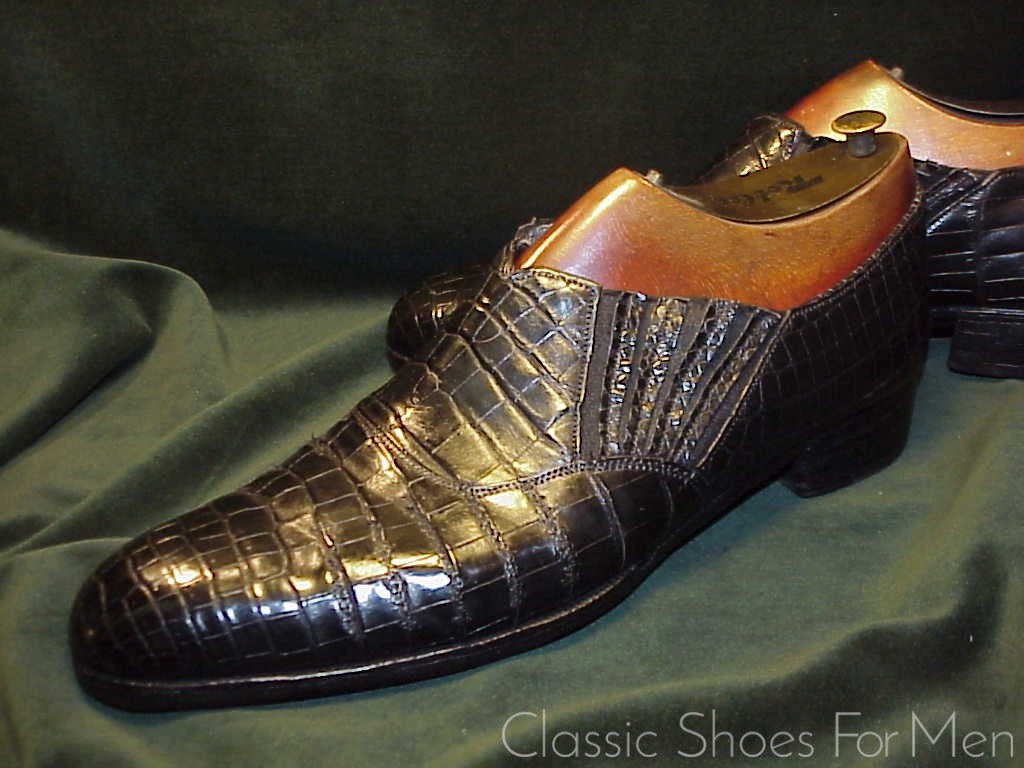
Today many people think that this is traditional English style. Is it? If he would have sticked to the traditional way at his time, there wouldn´t be a chiselled toe for example.

Fashion and craft have always been in a transformation and I think it is more important to find a personal style and express the shoemakers identity than try to keep everything as it was in the past.
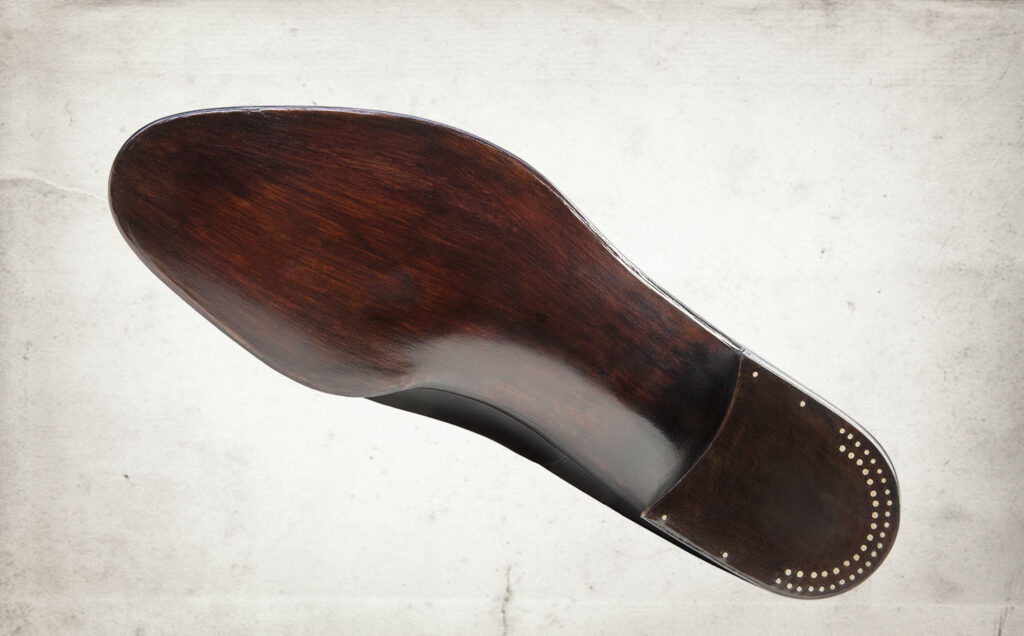
Anyway it has never been like that in the past. The Captoe Oxford or the Fullbrogue have not always been there. They were invented by creative minds that broke boundaries. Maybe one has to try to copy styles of historic shoes or current trends before he finds his own style.
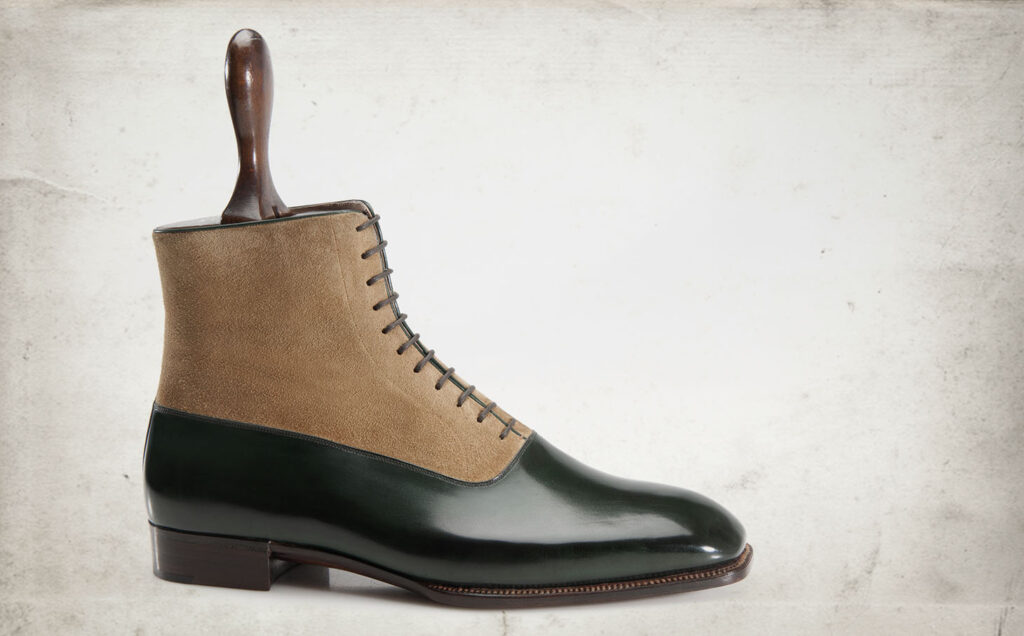
I think that we will see that the trend of elongated toes, super narrow waists and pointed toe boxes will slowly transform into other styles. Through the globalisation and the internet some trends are rather global than regional and I hope that in the future there will be more and stronger house styles and identities regardless of the region root.
Your website is really amazing, how did you have the idea to design it like this?
I wanted to create a possibility to invite the observer to the world of shoes and to my workshop.
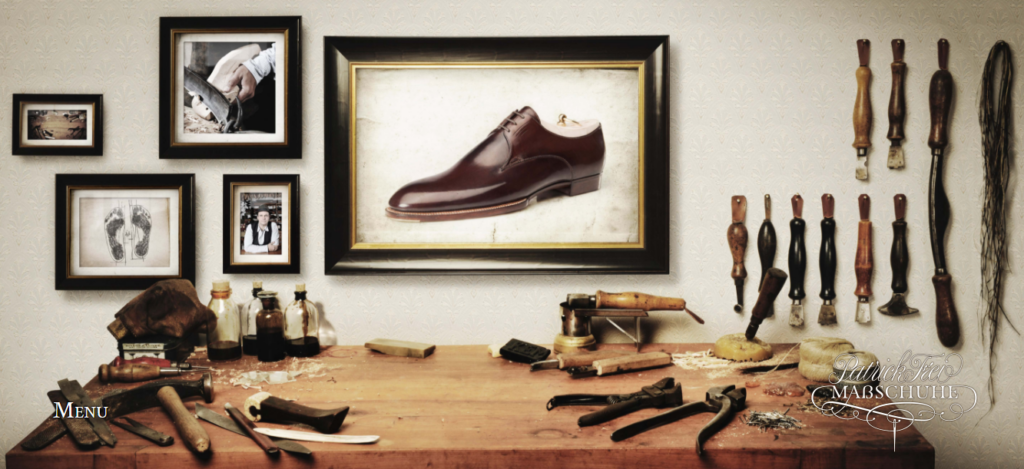
The website has no breaks or cuts. Everything is in one flow and as a visitor you can imagine to sit on that table and take closer looks to the different frames, topics or tools.

The aim was that shoe interested people and aficionados get information about shoemaking, my person and the housestyle. I hope that through this insight it is possible to see the beauty of traditional craftmanship and to perceive the shoes as the treasures they are.
One Chinese shoe aficionado describes your style as Mechanical Aesthetics, maybe that is the expression your sharpness and meticulousness give. Do you approve this opinion?
I find inspiration in architecture, watches and cars. Maybe some of my shoes seem mechanical due to the clear and strong lines. I like defined directions and perspectives in my designs. Sometimes I want the shoes to appear as streamlined as sportscars.
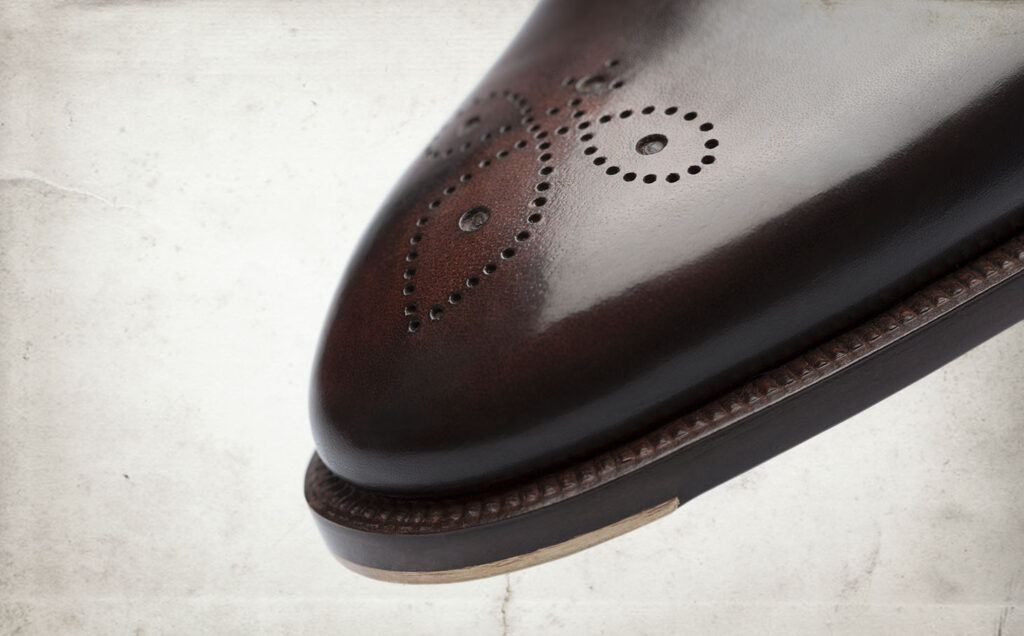
On the other hand there is an organic side in it that gives a counterweight to the mechanical side: The flow.
Please say something to Chinese shoe lovers.
Thank you for loving shoes!
In my opinion Bespoke shoes are some of the most luxurious personal items a person can acquire. It takes not only for the shoemaker much effort but also for the customer. Time, money and the complicated process of achieving the perfect individual design and fit with the shoemaker is much more effort than regular consumption.

The attitude to go that way is very honourable. It keeps the gentle craft alive and leads to a flourishing shoemaking scene. Keep that up, support your local shoemakers and invite the shoemakers of the world to your country.
Collection Oppotunity from Patrick Frei
In Europe some collectors start to amass single sample shoes as art objects. These shoes are appreciated for their aesthetics and the high level of craftmanship and stay in a virgin state.
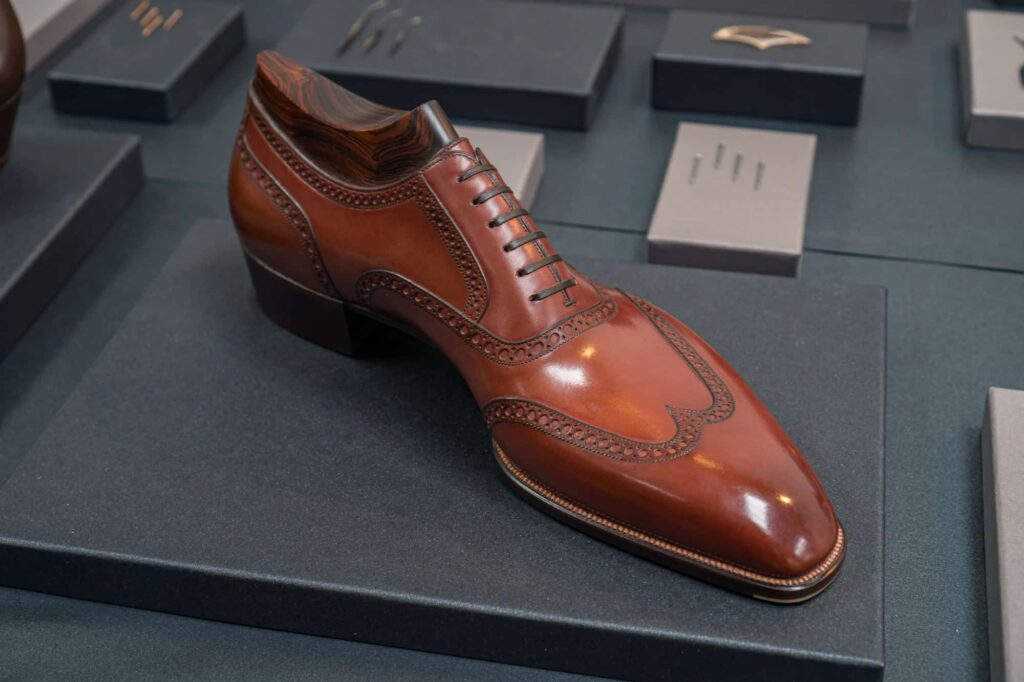
I am curious if Chinese shoe lovers follow that trend. For me it would be a great honour to see my museum shoes in China.

Bespoke Price
3300 Euro for fine shoes, 4900 Euro for championship level. Waiting time is between 8 and 12 month.
Clearly Patrick is an artist and he treats shoemaking is closer to art creation than making some practical things. I feel they really deserve reservation in the museum and also appreciated by their wearers.
